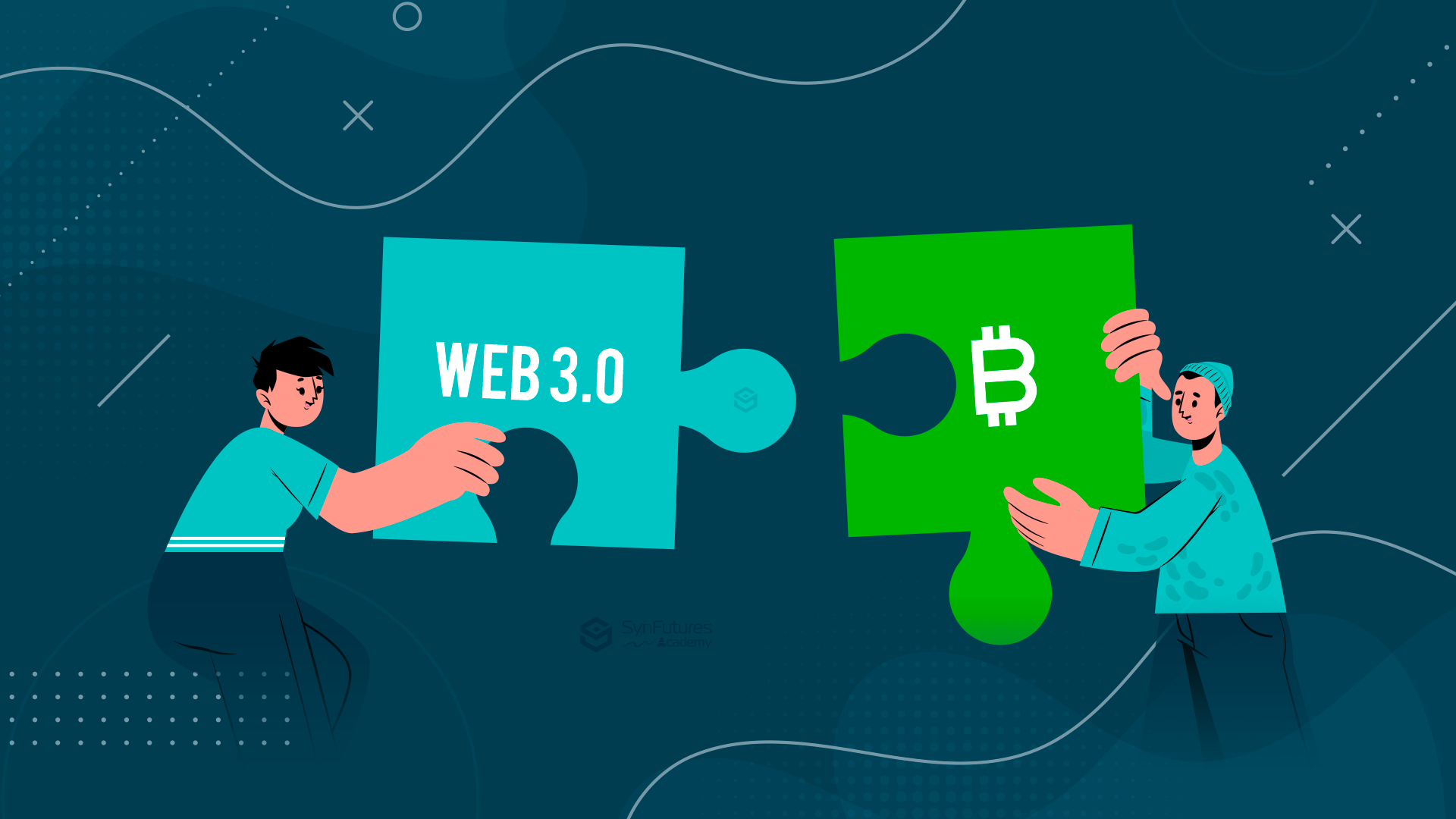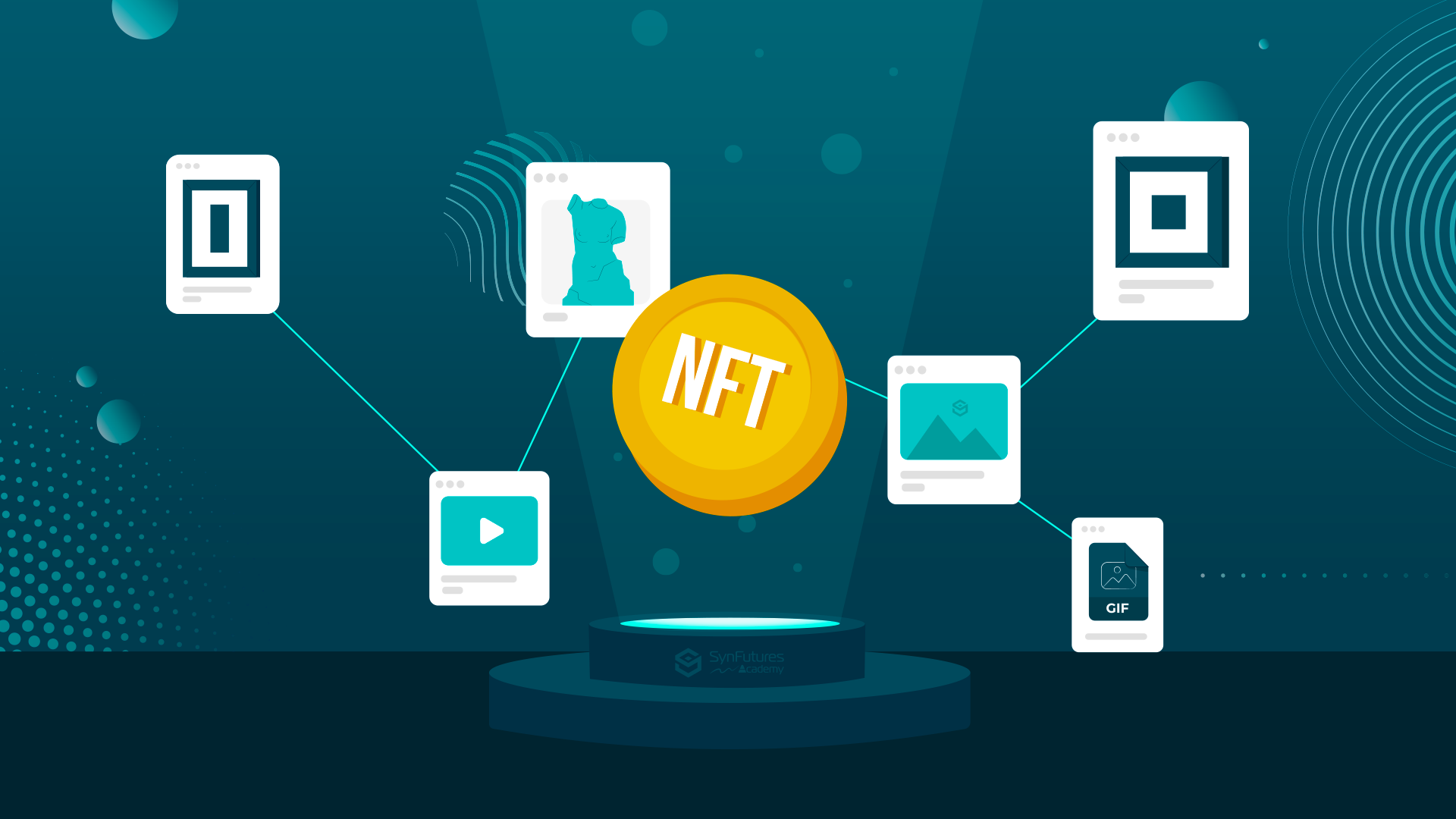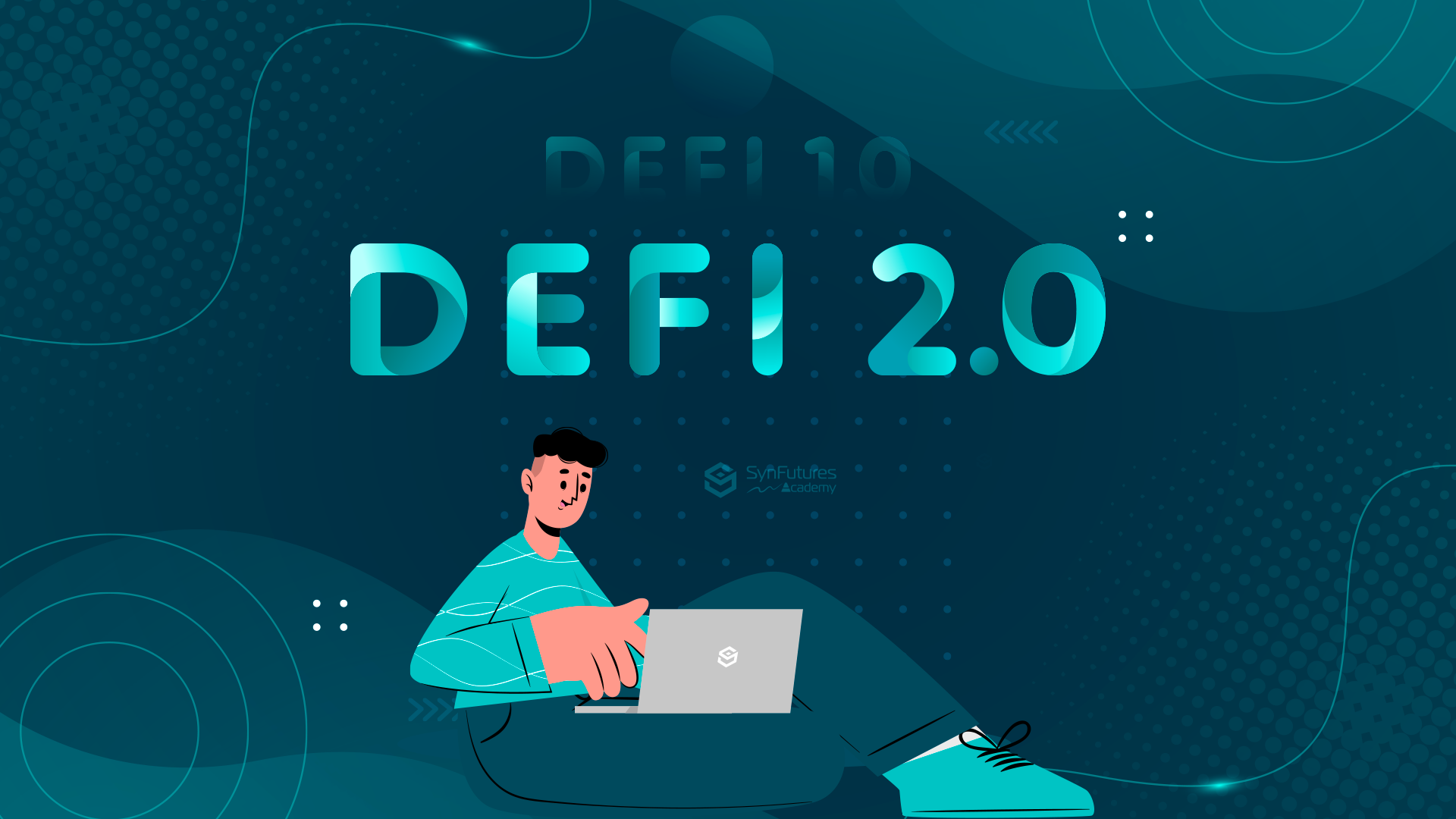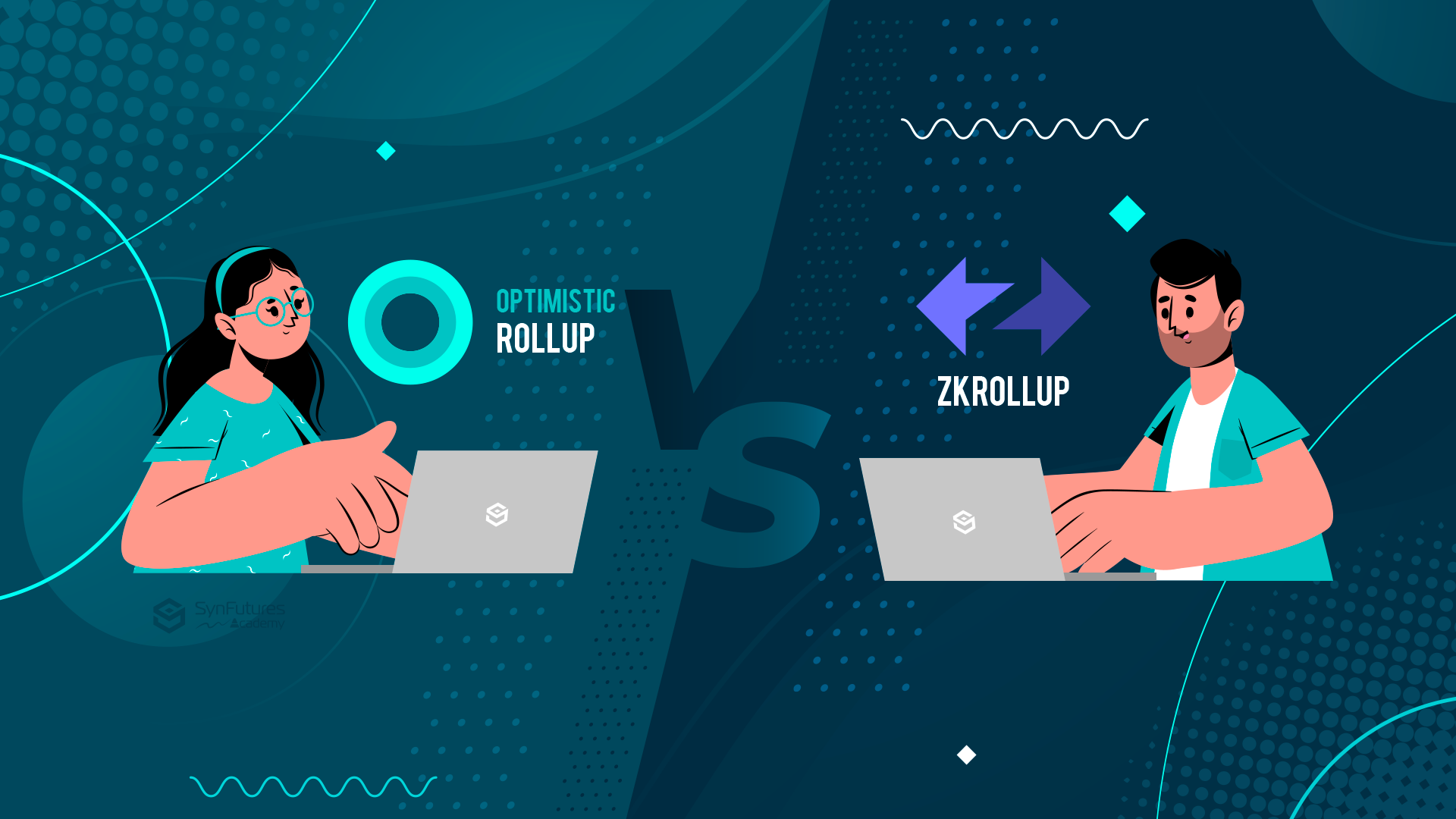
DAO stands for Decentralized Autonomous Organizations whose governance is based on all of its members who can vote on things that need implementation, not on just the selected few.

Learn DeFi · Anything · Anytime

DAO stands for Decentralized Autonomous Organizations whose governance is based on all of its members who can vote on things that need implementation, not on just the selected few.

While Web 3.0 draws a lot of controversies, most believe it has the potential of democratizing the internet.

Although NFT market is surging, the technology is still in its infancy. It’s important to do your own research before making NFT investment decisions.

The Metaverse is still at its very early stage. There hasn’t been a real “metaverse” although some building blocks of metaverse are in place and some projects have aspects of a metaverse.

Price oracles are widely used in DeFi and hold a hierarchical power in the execution of smart contracts.

After nearly two years of booming, there are currently more than 700 DeFi projects and protocols on the market. Learn more about DeFi 2.0

All the acronyms refer to capital raising with different methods and venues. Let’s dive into the terms one by one.

The main distinction between Optimistic rollups and ZK rollups is that they use different security models.

Scaling of the Ethereum mainnet has become necessary because of the high cost of using the network and capacity limitation.

Arbitrating on SynFutures is a very low-risk way to make profits, still, traders should do their own research before making the trades.